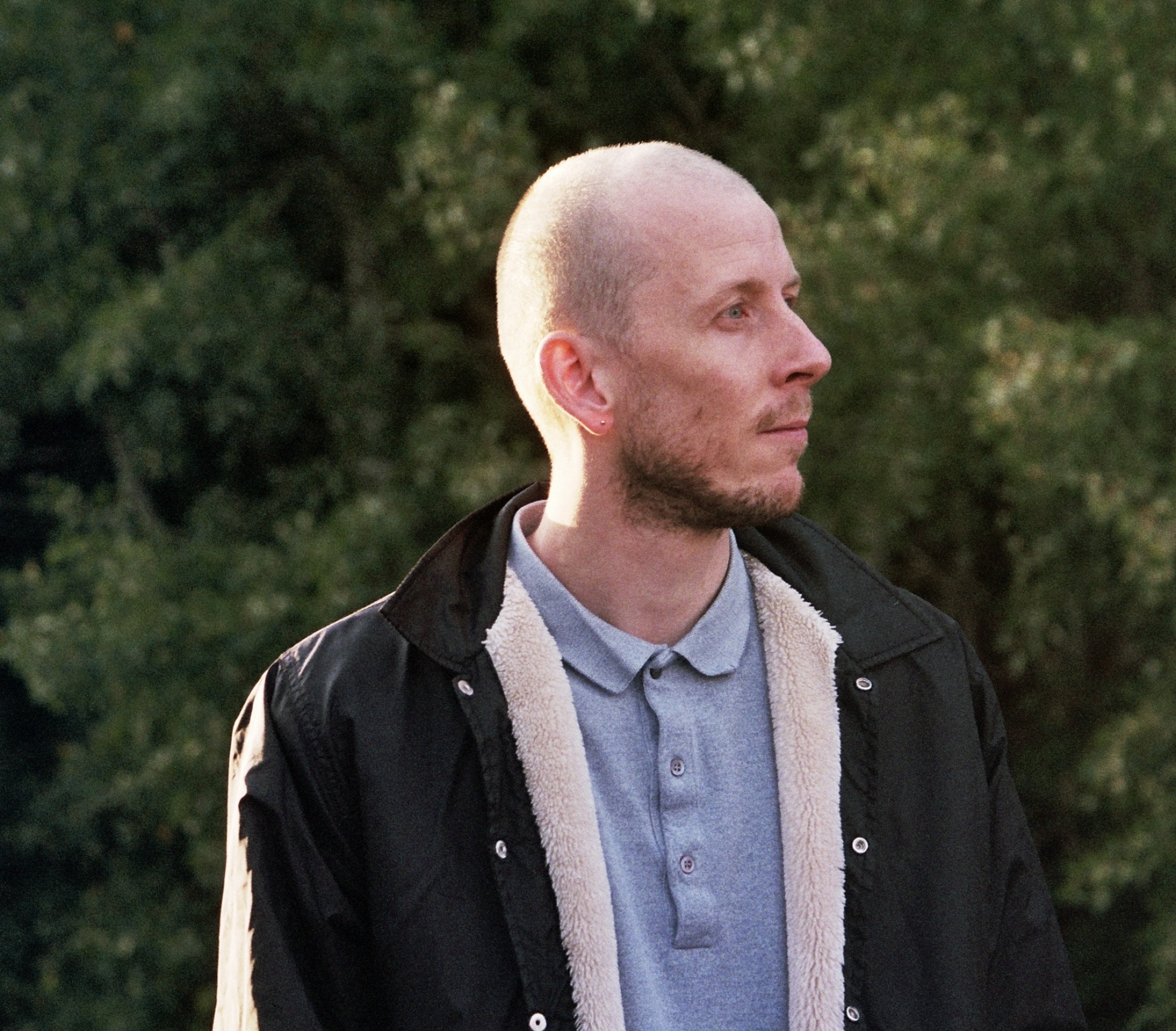
Photo: Laetitia Bica

I first got to know Jan twenty years ago, as a fellow student in dance school. Then I got to know him as a close friend, both of us stumbling into the early years of our careers. I then got to know him as a choreographer, sitting in dance studios and black boxes, witnessing the beautiful and vulnerable beginnings of what would become his body of work.
Then I got to know him as my boss, dancing in The Dog Days Are Over (2014), a piece built entirely on counts and jumps. Then, when stories of sexual harassment and abuse of power surfaced in the dance world, I came to know him as someone who stands up for his colleagues and values strong work ethics. Then, I moved to Oslo, where I continued following my friend’s work from the audience seats at Dansens Hus. And now I’m beginning to know Jan’s work through writing. Writing this, I’m wondering what words can contribute anything to something that is often best left wordless, namely dance.

Photo: Laetitia Bica
Music, in all its forms—pop, classical, noise, jazz, and spoken word—weaves through all the twelve full-evening performances Jan has created since 2010. Despite the influence of postmodern dance, many people still view dance as existing only in relation to music. As the saying goes, dance is often accused of “humping the leg of music.” And while music can steer a dance, it can just as easily consume it. In Jan’s work, the complexities of this sometimes problematic codependency has become a recurring theme—a red thread through almost all of his pieces.
In many ways, you could say that Jan’s choreographic process resembles that of a classical composer. There is a lot of counting, with PDFs and Excel sheets full of numbers. Documents of obsession that might look like pure mathematical gibberish to an outsider. Dance is frequently deconstructed and distilled into short sequences of movement. Stripped of narrative and obvious meaning, these sequences can be seen as the notes of a musical composition. But the reality is more complex: the body is always there. The body is never abstract.

Photo: Kim Hiorthøy
Ilse Ghekiere is a Belgian artist and art critic based in Oslo, working as a dancer, writer, researcher, and lecturer. She holds a degree in dance from the Conservatory of Antwerp and a master’s degree in art sciences from the Free University of Brussels. Throughout her international career, she has collaborated with a number of prominent choreographers and developed an artistic practice deeply rooted in research, with a particular focus on the agency and position of the performer.
She is the founder of ENGAGEMENT ARTS, a movement that addresses sexual harassment and abuse of power in the arts sector, and has established herself as a strong and outspoken voice in both artistic and political contexts. Ghekiere has published critical writings in journals such as Norsk Shakespeare Tidsskrift and Rekto:Verso, and is currently active in Oslo’s dance community as a performer, writer, and board member of PRAXIS Oslo.